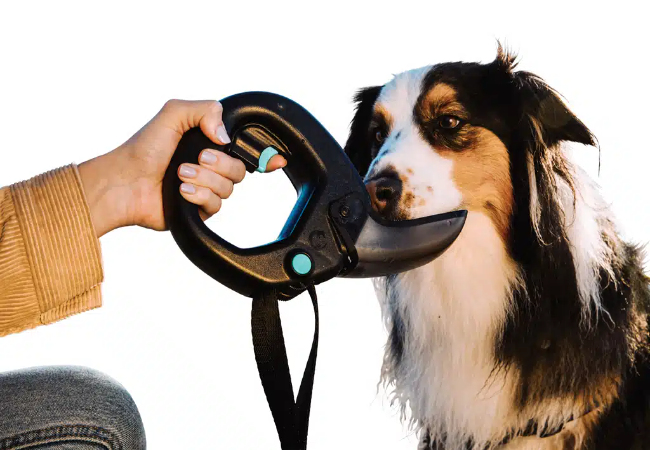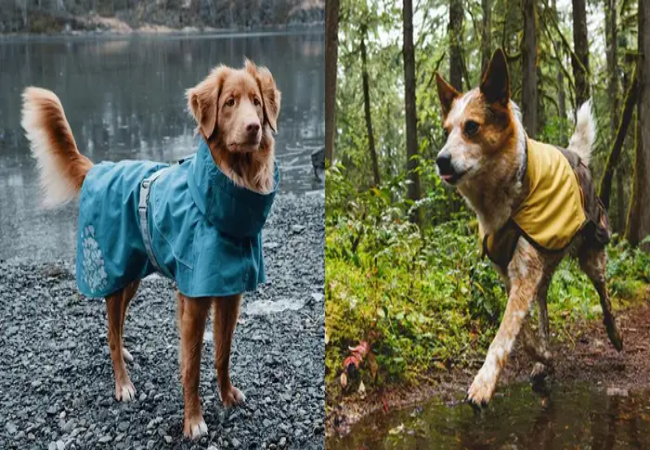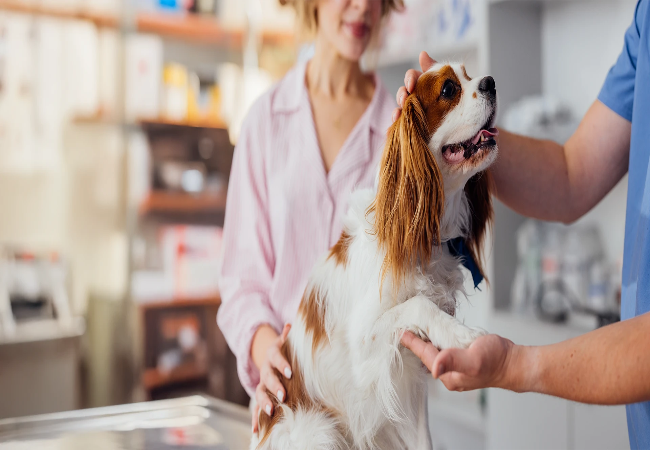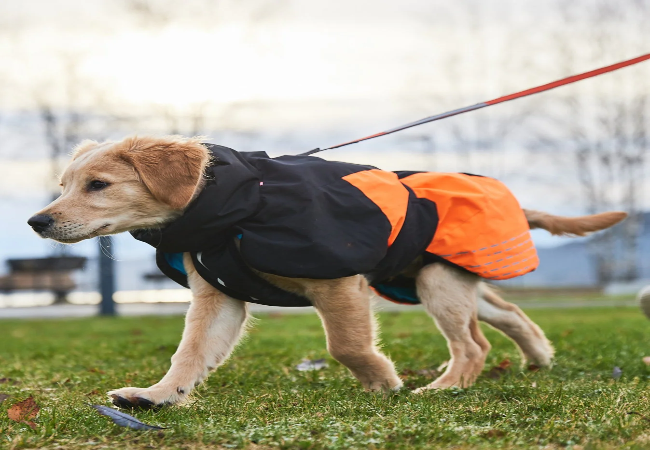Dog Harness vs Collar – Vet Explains Best Choice 2025 🐕🦺
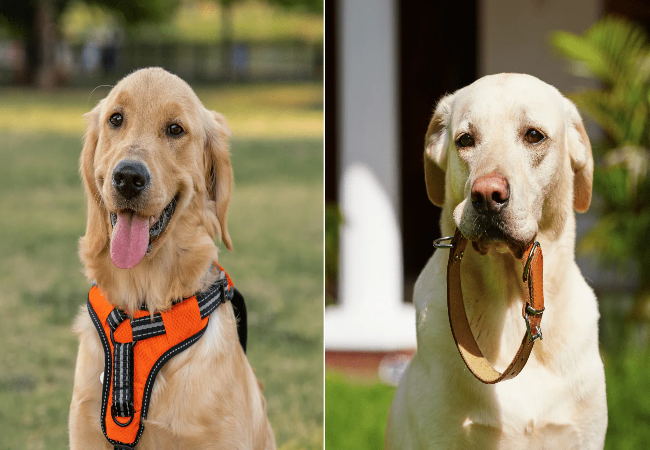
In this article
Dog Harness vs Collar – Vet Explains Best Choice 2025 🐕🦺
By Dr. Duncan Houston BVSc
Every dog owner eventually asks the question: “Should I walk my dog with a collar or a harness?” While some say a collar is simpler or more stylish, others swear by harnesses. But what does science—and veterinary experience—actually recommend?
I’m Dr. Duncan Houston, veterinarian and founder of Woopf. After treating countless cases of tracheal trauma, neck injuries, and behavior issues caused by poor leash setups, I want to clear the air once and for all. Let’s look at the facts.
📉 What Happens When You Walk a Dog on a Collar
Using a collar for leash walking creates concentrated pressure on a very sensitive area: your dog’s neck. Here's what it can cause:
- ❌ Tracheal collapse, especially in small breeds or brachycephalics (e.g. Pugs, Bulldogs)
- ❌ Neck muscle strain or slipped cervical discs
- ❌ Increased anxiety and reactivity from leash pressure
- ❌ Thyroid gland trauma from repeated leash pulling
Even in large or strong breeds, long-term collar use while walking can lead to pain, resistance, or chronic injuries.
✅ Why Harnesses Are the Safer, Vet-Recommended Option
Harnesses distribute leash force across the chest and body—not the neck. A good harness:
- ✅ Reduces risk of injury to the neck and spine
- ✅ Gives you more control with less force
- ✅ Helps dogs feel secure instead of pressured
- ✅ Prevents choking, coughing, or panic during pulls or sudden stops
The Ideal Setup:
- Collar = for ID tags only
- Harness = for walking, training, control, and behavior support
🎽 What to Look for in a Walking Harness
Not all harnesses are created equal. The Explorer Harness was designed specifically to address the problems I saw with generic ones:
- ✔️ Y-front design protects shoulder movement
- ✔️ Front and back clip options for training or relaxed walks
- ✔️ Built-in handle for quick support or redirection
- ✔️ Four adjustment points = snug, secure, escape-proof fit
- ✔️ Soft padded lining for all-day comfort and no armpit chafing
📊 Collar vs Harness Comparison Table
| Category | Collar | Harness (Explorer) |
|---|---|---|
| Neck Safety | ❌ High risk of injury | ✅ No neck contact |
| Control on Walks | ⚠️ Pulling causes tension | ✅ Front clip redirects safely |
| Behavior Support | ❌ Can worsen reactivity | ✅ Helps reduce anxiety triggers |
| Fit Adjustment | ❌ Fixed sizing | ✅ 4-point adjustability |
| ID Tag Use | ✅ Ideal | ⚠️ Optional |
💬 What Owners Say
“We used to walk our Staffy on a collar until he started coughing every time he pulled. Switching to the Explorer was a game-changer.” – Kendra M.
“The combo of Sealskin Collar and Explorer Harness gives us the best of both—style and safety.” – Lucas & Nala
🛍️ Best Vet-Recommended Walking Setup
- Explorer Harness – Safe for daily walks and training
- Sealskin Waterproof Collar – Durable, ID-safe, odor-resistant
- Bungee Lead – Reduces leash strain and improves handling
Final Thoughts
Collars are fine for tags—but if you’re still using one to walk your dog, it’s time to switch. Harnesses protect your dog’s neck, improve comfort, and give you better control. And the Explorer Harness is built by a vet for exactly that reason.
